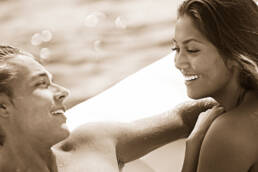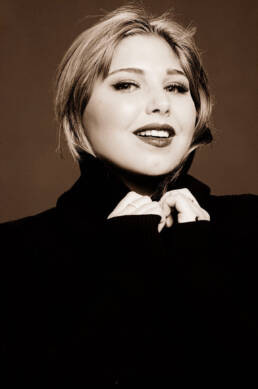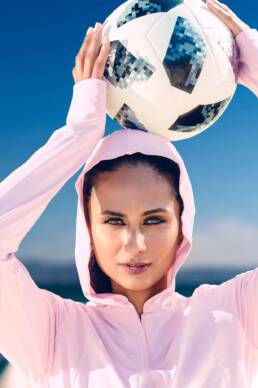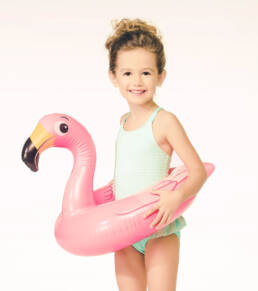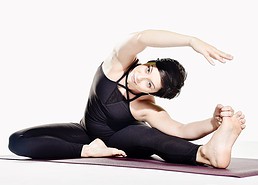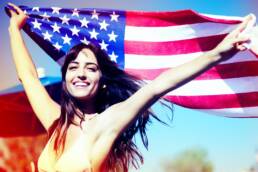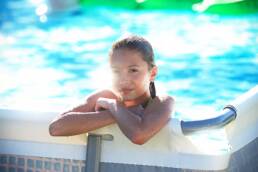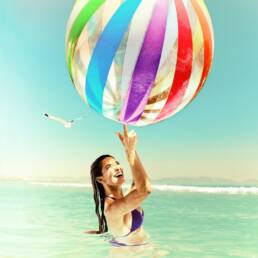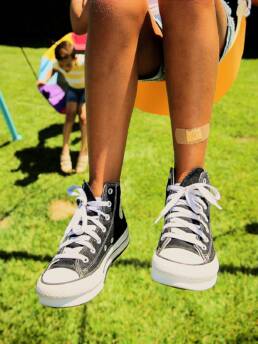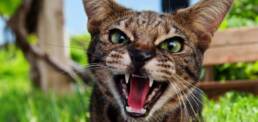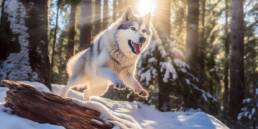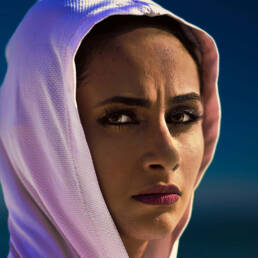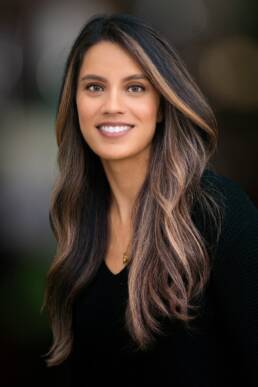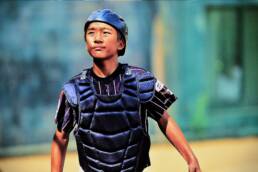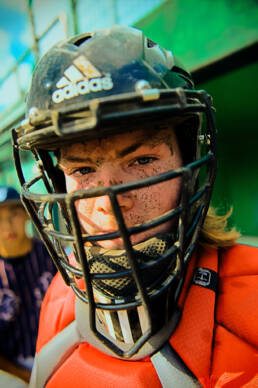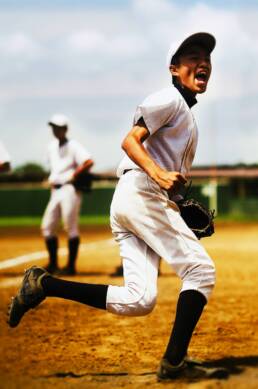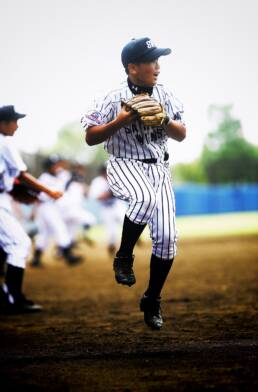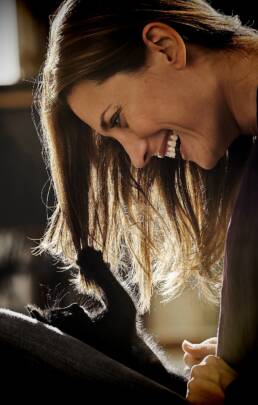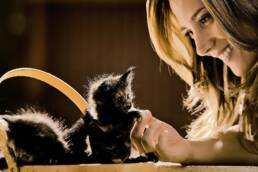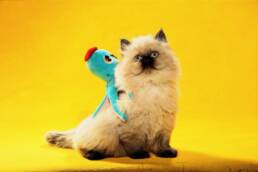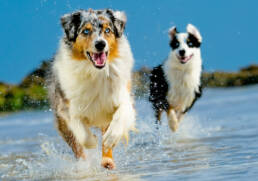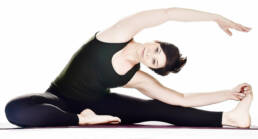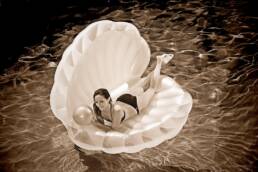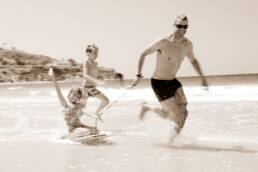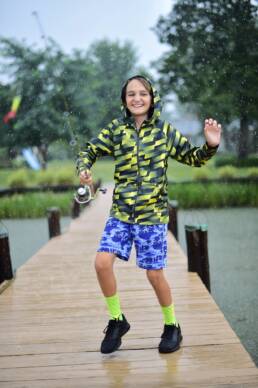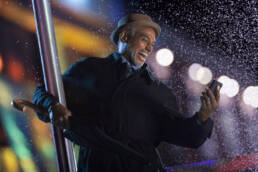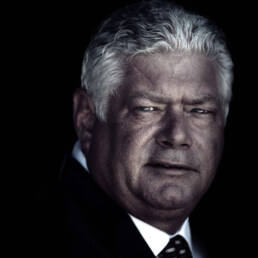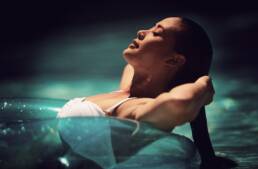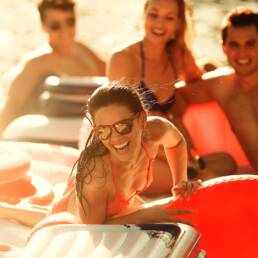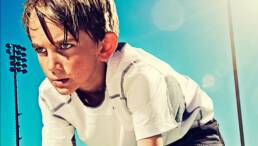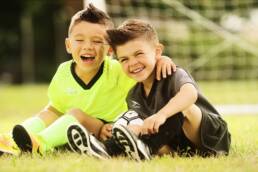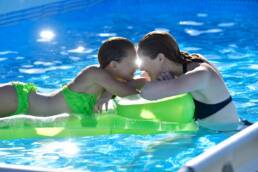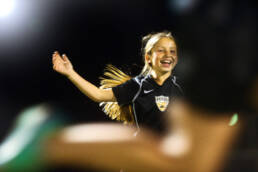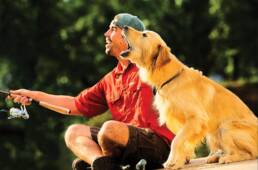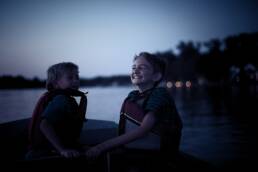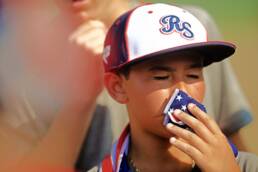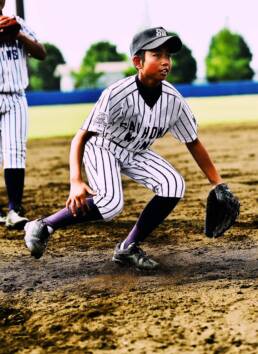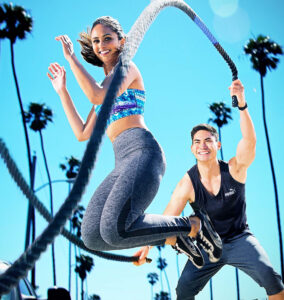A peak inside some of our Lifestyle Photography Productions
This article is all about Los Angeles lifestyle photographer Randy Schwartz, his creativity, vision, expertise, and what makes his approach unique in the world of advertising photography.
A Little About Our Preparation and Research for a Shoot
- We Do Our Homework: Before any shoot, we spend time in understanding the brand’s core values, mission, and target audience. This involves researching the brand’s previous campaigns, its market position, and customer feedback. A quick online search will often yield quite a bit about our client’s visions.
- Brainstorming Creative Ideas: In this phase we brainstorm and conceptualize creative ideas that align with our client’s brand’s message. A good lifestyle photographer creates mood boards, sketches, or storyboards to visualize the concept. We’ll often spend afternoon cat naps envisioning creative direction.
- Collaboration: More often than not, as a lifestyle photographer we have to collaborate with art directors, stylists, and marketing teams to refine the concept and ensure it aligns with the overall campaign strategy. Communication and flexibility is key. A big ego does not always lead to a successful ad campaign. We strive to create visuals as a team.
- Technical Rehearsal: If we have time for a prep day, a technical and logistical run-through is conducted, especially for complex shoots, to ensure that the equipment functions as expected and the we are overly prepared for various shooting scenarios, including light changes, time of day, and location logistics.
- Meeting with the Team: If time permits we prefer to meet with the entire team involved in the shoot—models, makeup artists, stylists, assistants—are crucial for ensuring everyone is on the same page. This includes discussing the concept, roles, expectations, and timelines. We elaborate that crew need to be on their toes and ready to adjust on the fly.
- Safety and Logistics: Discussions about logistics, safety protocols, and any specific requirements or challenges associated with the shoot location or concept are extremely essential.
- Flexibility for Spontaneity: While having a detailed plan is essential, a good lifestyle photographer also remains open to spontaneous changes and opportunities that may arise during the shoot, which could add authenticity and uniqueness to the images. We’ve had many great images come from such a scenario.
4. Setting the Scene: Creating a Natural Environment
-
- Relevance to the Brand and Concept: The first step is selecting a location that aligns with our client’s brand’s identity and the shoot’s concept. We strive to find locations that reflect the lifestyle and values the brand wants to portray in a beautiful and stunning way, while maintaining a very “real” environment.
- Consideration for Lighting and Background: While we prefer natural lighting for its ability to bring warmth and realism to photos, we are able to enhance what is there at a high level. Great photographers that tell great stories choose locations with the best natural light and considers how the background elements can complement the subject. They will know where the sun is on any day or time. Sunseeker app is can be invaluable.
- Minimalistic Approach: We often use a minimalistic approach to setting up the scene, avoiding over-cluttering the space. This helps keep the focus on the subjects and the candid moments being captured. Often though clutter does represent realism, so a fine balance is often preferred.
- Incorporating Props for Realism: Props that help create a very real scene are preferred. Our stylists pull items that are not necessarily new to help the authenticity of a scene. Some clutter, but not too much, is the key.
Creating a Comfortable Atmosphere
- Comfort for our Talent is a must: Comfort is key. A true lifestyle photographer in Los Angeles creates a relaxed and comfortable atmosphere for the actors and models, as comfort leads to more natural expressions and behaviors. We don’t force our scenes if something isn’t working, we’ll get everyone up and move around to refresh to the chemistry.
Utilizing Natural Elements
- Incorporating Nature: Whenever possible, we’ll incorporate natural elements like plants, water, or natural landscapes into the scene to add a layer of authenticity and vibrancy to the images.
- Adjusting with the Weather and Time of Day: We are extremely adept at using the weather and time of day to our advantage, utilizing changes in natural light and environment to create diverse and dynamic images. If life gives you lemon…
Interactive Scene Setting
- Creating Scenes that Encourage Interaction: We set our scenes to encourage interaction among the subjects. This might involve arranging furniture or props in a way that naturally prompts subjects to engage with each other. Seeing the back of heads isn’t always the way to go. Finding ideal angles so actor can express to others on set as well as camera is critical.
- Capturing Movement and Life: Our prime focus (no pun) is to capture movement and life within the scene, making the images feel dynamic and authentic.
- Keeping It Real: Throughout the process, the emphasis remains on keeping the setting authentic. This means avoiding overly staged or artificial setups and focusing on creating a scene that feels genuine and true to life.
Developing a Narrative Concept
- Understanding the Brand’s Story: We begin by deeply understanding the story the brand wants to tell. This involves discussions with the marketing team, creatives, and even our crew to align on the brand’s values, goals, and the message they wish to convey.
- Drawing Out a Visual Narrative: We will then translate this story into a visual storyboard. This could involve creating a series of images that tell a story over time or a single image that encapsulates a powerful message. Usually it has a connection that the target consumer will understand.
Scene Composition and Flow
- Composing Scenes to Tell a Story: Each scene that we produce is story boarded and discussed as a team before we start a production. Lighting the scene, positioning subjects to be able to move, choosing props, and staging the set in a way that leads the viewer’s eye through the story is of utmost importance to our process. We prefer sets that allow for movement, so lighting an over scene that isn’t locked into one angle is important.
- Sequential Flow in Images: For campaigns involving multitude of great images, we make every effort to ensure there is a clear, coherent flow from one image to the next, creating a seamless storytelling experience for the viewer.
Capturing Emotions and Moments
- Emphasizing Emotional Depth: To create a sense of emotional depth in capturing emotions and expressions that resonate with the story, we give our talent queues and sometimes a story to discuss. For still photography it is usually something comedic if we want a ton of smiles and laughs, but occasionally we’ll go the other way and give them something more emotional.
- Timing is Key: Capturing the right moment is essential in the storytelling. Remaining alert, often when the talent believe the camera is down key to capturing the perfect shot that expresses the peak of a story’s emotion or action.
7. The Role of Post-Production: Keeping It Real
- Post-production is essential in fine-tuning images, but keeping them authentic is often a challenge. A good lifestyle photographer’s approach to editing and retouching means not overdoing it and staying faithful the creative directors vision. No place for ego here. Sometimes backing off the retouching gives more authentic visuals. There is such a thing as too much!
-
Conclusion:
Shooting a captivating lifestyle photography commercial on location requires creative vision, preparation, and collaboration. By implementing some of our tips, photographers can produce a visually stunning result that aligns with their client’s brand image. Hope this gives insight into our approach and allows exploring the endless possibilities that come with shooting lifestyle photography commercials both in the studio and on-location.

